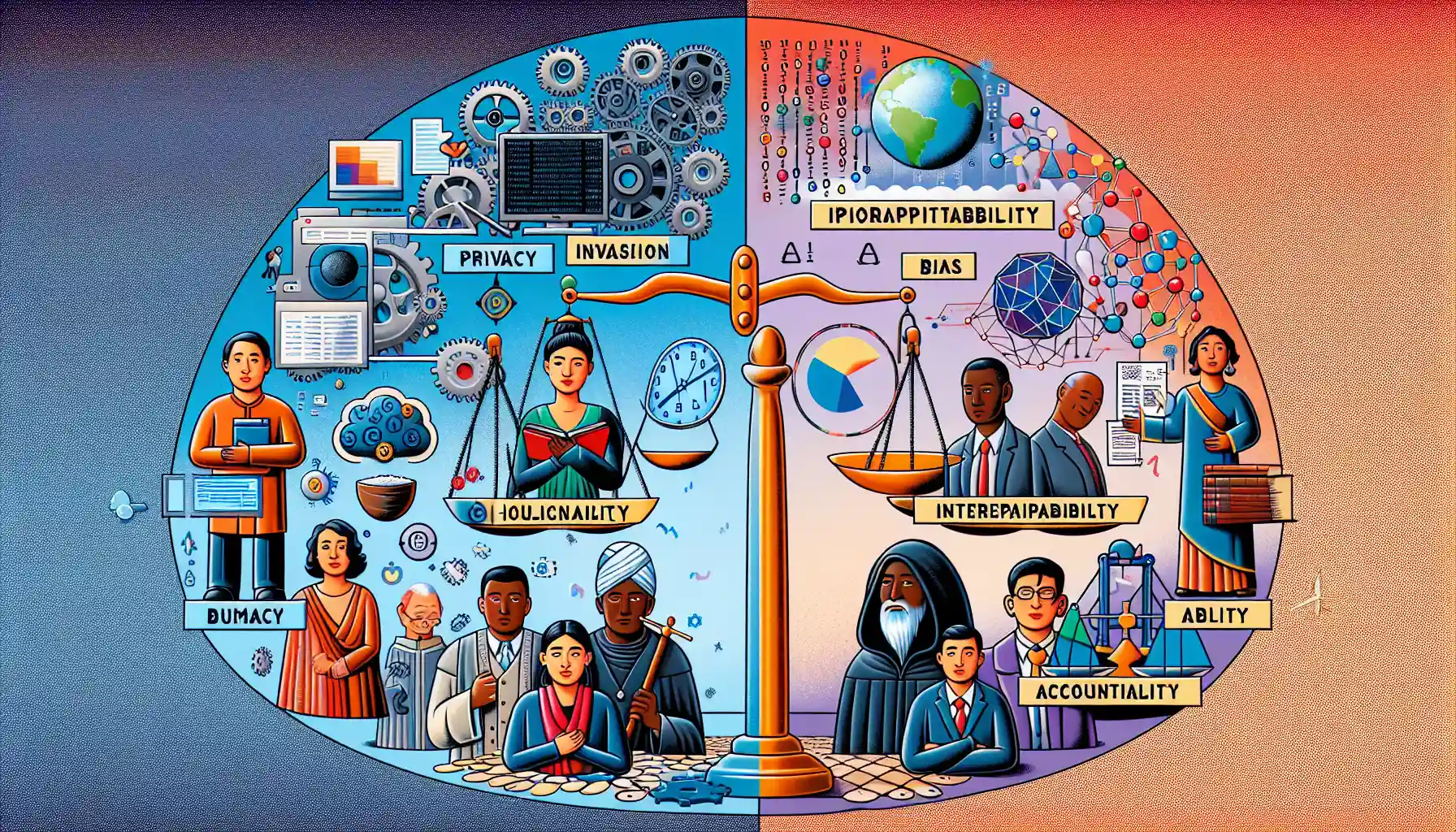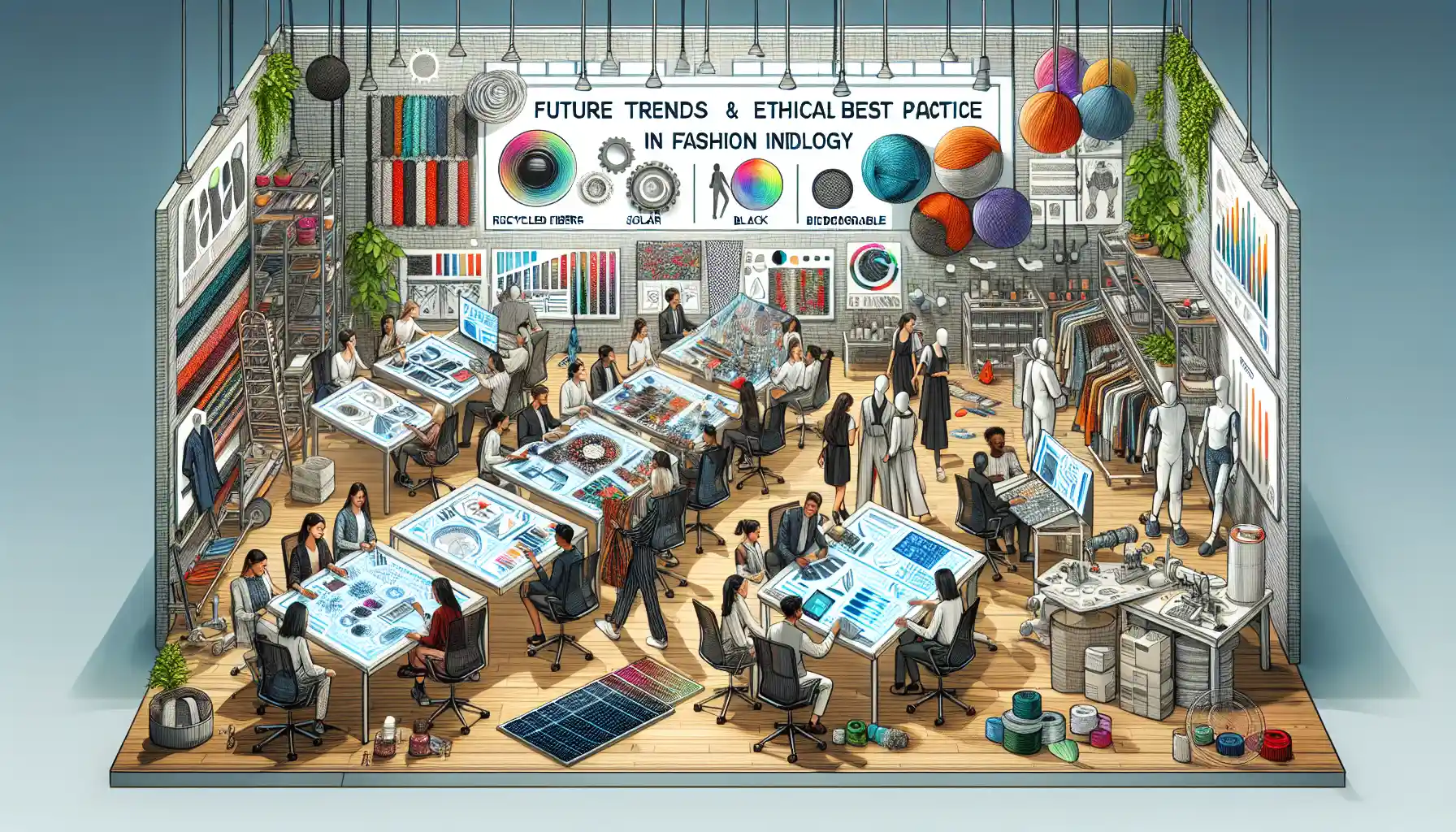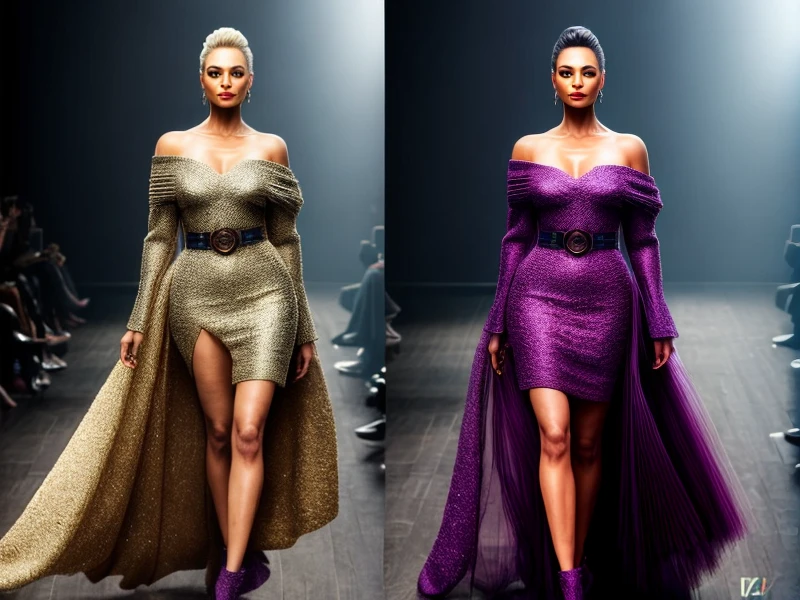Ethical Implications of Machine Learning in Fashion Design: Challenges and Solutions
Understanding the Role of Machine Learning in Fashion Design
How Machine Learning Shapes the Fabric of Fashion
Picture this: a virtual seamstress, tirelessly weaving patterns and analyzing trends at lightning speed. That’s machine learning in the world of fashion design—a quiet yet powerful force. It doesn’t just stitch together data; it transforms how designers dream, create, and connect with their audiences. Think about those scrolling nights on your favorite shopping app. Ever noticed how eerily perfect that dress suggestion was? That’s no accident. Machine learning algorithms dive deep into oceans of data—your clicks, your favorites, even your Pinterest boards—to predict what you’ll fall in love with next. It’s not magic; it’s math wrapped in creativity. But it’s not all glitter and glamour. Behind the scenes, machine learning can sometimes blur ethical lines. For example:- Who decides if an algorithm’s inspiration crosses into cultural appropriation?
- How do we ensure these systems don’t amplify stereotypes or biases?
Key Ethical Concerns in Machine Learning Applications

The Silent Bias in Fabric Selection
Let’s talk about bias—no, not the one in your favorite cut of jeans, but the kind that sneaks into machine learning algorithms like an uninvited guest at a party. When AI starts deciding which fabrics or patterns to prioritize, it often carries the hidden baggage of the data it was trained on. For example, if most of the training data showcases Western fashion trends, guess what? Traditional designs from places like India, Nigeria, or Peru might be left gathering dust in the digital archives. This isn’t just an "oops" moment—it’s a missed opportunity to celebrate cultural diversity. Think about it: the delicate artistry of Japanese silk or the vibrant storytelling of African Ankara fabrics might get overshadowed by repetitive, Eurocentric styles. That’s more than a tech glitch; it’s erasing voices and stories woven into the very threads of global fashion.- Underrepresentation: Non-Western styles and techniques can be overlooked.
- Homogenization: AI may promote monotonous, trend-driven designs, leaving no room for experimentation.
Strategies for Addressing Bias and Discrimination in Fashion AI

Breaking Down Bias in Fashion AI
When was the last time you scrolled through an online store and thought, “Why does this look nothing like me?” That, my friend, is the ghost of bias lurking in fashion AI. It’s not just a glitch; it’s a mirror reflecting the limited perspectives baked into algorithms. But don't worry—change is on the runway. Fashion AI can unintentionally amplify stereotypes, reinforcing outdated ideas about beauty, size, or cultural norms. For example, an algorithm trained mostly on Western fashion might suggest designs that ignore vibrant traditions like sarees, hanboks, or kente cloth. And let’s talk sizing: why do so many "inclusive" brands still miss the mark? AI learns from data, but if that data is skewed, the results will be too.- Representation matters: Diverse datasets are the fabric of fairness.
- Transparency wins: Open up those black-box algorithms to scrutiny!
Balancing Innovation with Privacy and Data Protection

Walking the Tightrope Between Creativity and Privacy
Imagine this: you’re a fashion designer, sketching out bold, futuristic designs while sipping your morning coffee. Now, imagine those sketches being fed into a machine learning algorithm to predict the next big trend. Sounds magical, right? But here’s the twist—where does that data come from? Your loyal customers’ shopping habits? Their social media profiles? Suddenly, it feels less like magic and more like prying into someone’s diary. The challenge lies in balancing this groundbreaking innovation with protecting personal data. Machine learning thrives on information, but collecting too much can lead to serious privacy breaches. Brands must tread carefully, ensuring they don’t cross the line from inspired to intrusive.- Are your algorithms transparent? Consumers want to know how their data is being used.
- Have you obtained explicit consent? A simple checkbox can make all the difference.
Future Trends and Ethical Best Practices in Fashion Technology

Revolutionizing Style with Responsibility
Imagine walking into a world where your outfit isn’t just stylish—it tells a story of ethical innovation. That’s the promise of merging machine learning with fashion design. But with great power comes great responsibility. How do we balance cutting-edge tech with age-old principles of fairness and inclusivity? Let’s unravel this thread together. One of the most exciting, yet complex, areas is how algorithms decide trends. Sure, they can predict what colors or patterns will dominate next season, but are they amplifying diverse voices, or just echoing the loudest ones? Here’s where designers must step up, weaving ethics into every stitch of their process.- Bias in data: If your dataset is skewed, your designs could unintentionally exclude certain body types, cultures, or identities.
- Sustainability blind spots: Machine learning might optimize for profit, but what about environmental impact?
Latest news

The Power of Accessories: Elevating Your Fashion Game
Fashion is not just about the clothes we wear; it is also about the accessories we choose to complement our outfits. Accessories have the power to transform an ordinary look into an extraordinary one,...

Top Mobile Apps for Predicting Future Fashion Trends
This comprehensive guide explores the innovative world of *fashion trend prediction apps*, showcasing their cutting-edge features like AI-powered insights, real-time updates, and personalized recommen...

How AI Chatbots Are Revolutionizing Customer Service for Online Boutiques
This article explores the transformative impact of AI chatbots in enhancing customer experiences for online boutiques. From providing personalized, lightning-fast assistance to mimicking the charm of ...

Fashion Fundamentals: Navigating Trends with Timeless Pieces
Explore essential tips on creating a timeless wardrobe that incorporates current trends without sacrificing classic appeal. Learn how to select, maintain, and evolve foundational pieces for a stylish ...

Essential Multi-Factor Authentication Strategies for Secure Online Shopping
This comprehensive article explores the critical role of Multi-Factor Authentication (MFA) in bolstering e-commerce security. It highlights why traditional passwords are no longer sufficient, detailin...

Not Every Shiny Coin Is Rare: How to Spot US Quarters Worth Money
Learn how to identify US quarters worth money by checking dates, mint marks, errors, and conditions. Discover some valuable examples like the 1932-D, 1970-S doubled die, and 2004-D Wisconsin Extra Lea...
